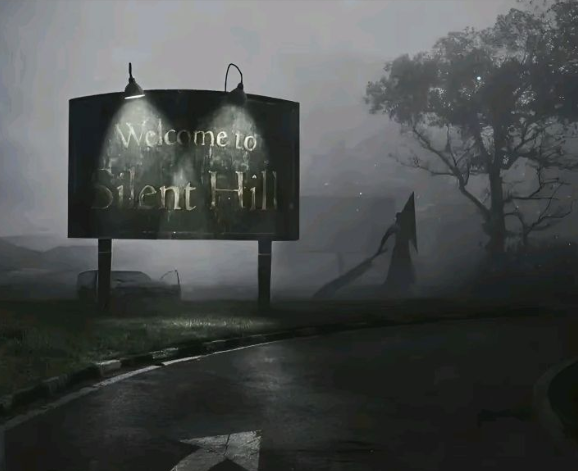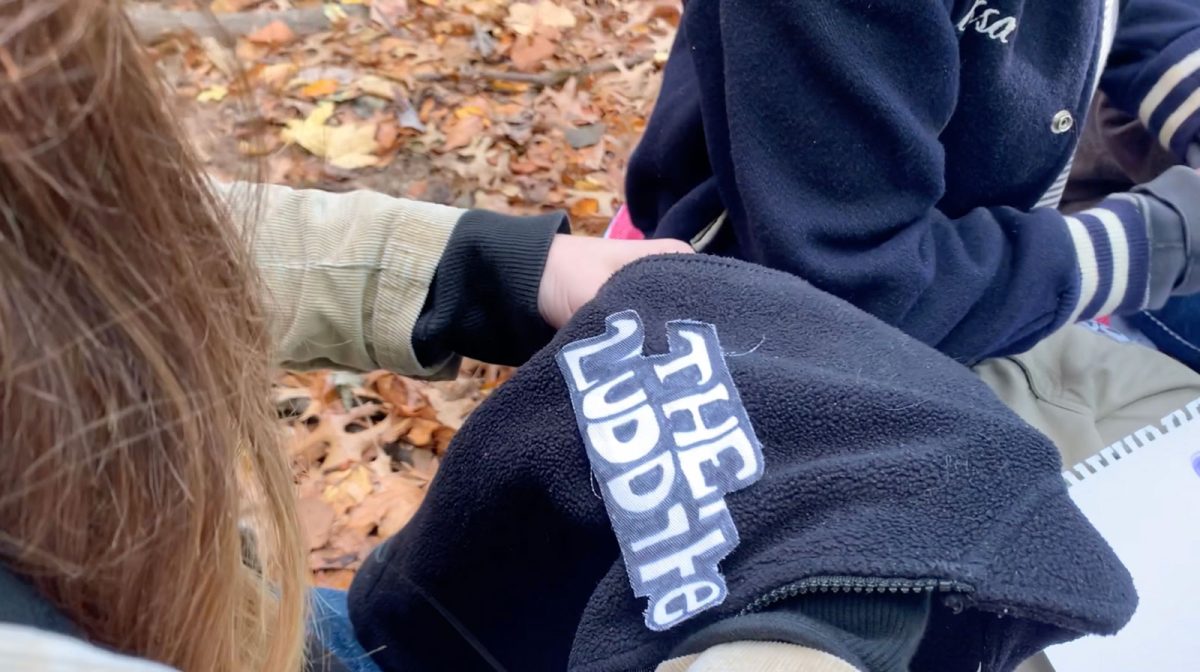Halloween, with its costumes, candy, and spooky decorations, is a favorite holiday for many, but its origins go far beyond the what we know of it today. The roots of Halloween can be traced back to Samhain, an ancient Celtic festival celebrated around November 1st. For the Celts, Samhain marked the end of harvest and the beginning of winter. It was believed that on the night of October 31st, the boundary between the living and the dead grew thin, allowing spirits to roam the Earth. To protect themselves, people would light bonfires and wear costumes to ward off the roaming spirits.
When the Roman Empire conquered Celtic lands, they introduced their own traditions, such as Feralia, a holiday to honor the dead. These Roman practices fused with Samhain, and when Christianity spread, the church established All Saints’ Day on November 1st, which eventually led to All Hallows’ Eve (later Halloween). The church’s efforts to Christianize the holiday merged with old pagan customs, resulting in the Halloween we know today.
While Halloween is now like any other holiday filled with fun and candy, its origins reflect ancient customs that blended the supernatural with the seasonal changes of the year. So, the next time you dress up or carve a pumpkin, remember that Halloween has a history that stretches back thousands of years, rooted in both fear and celebration of the spirit world.











